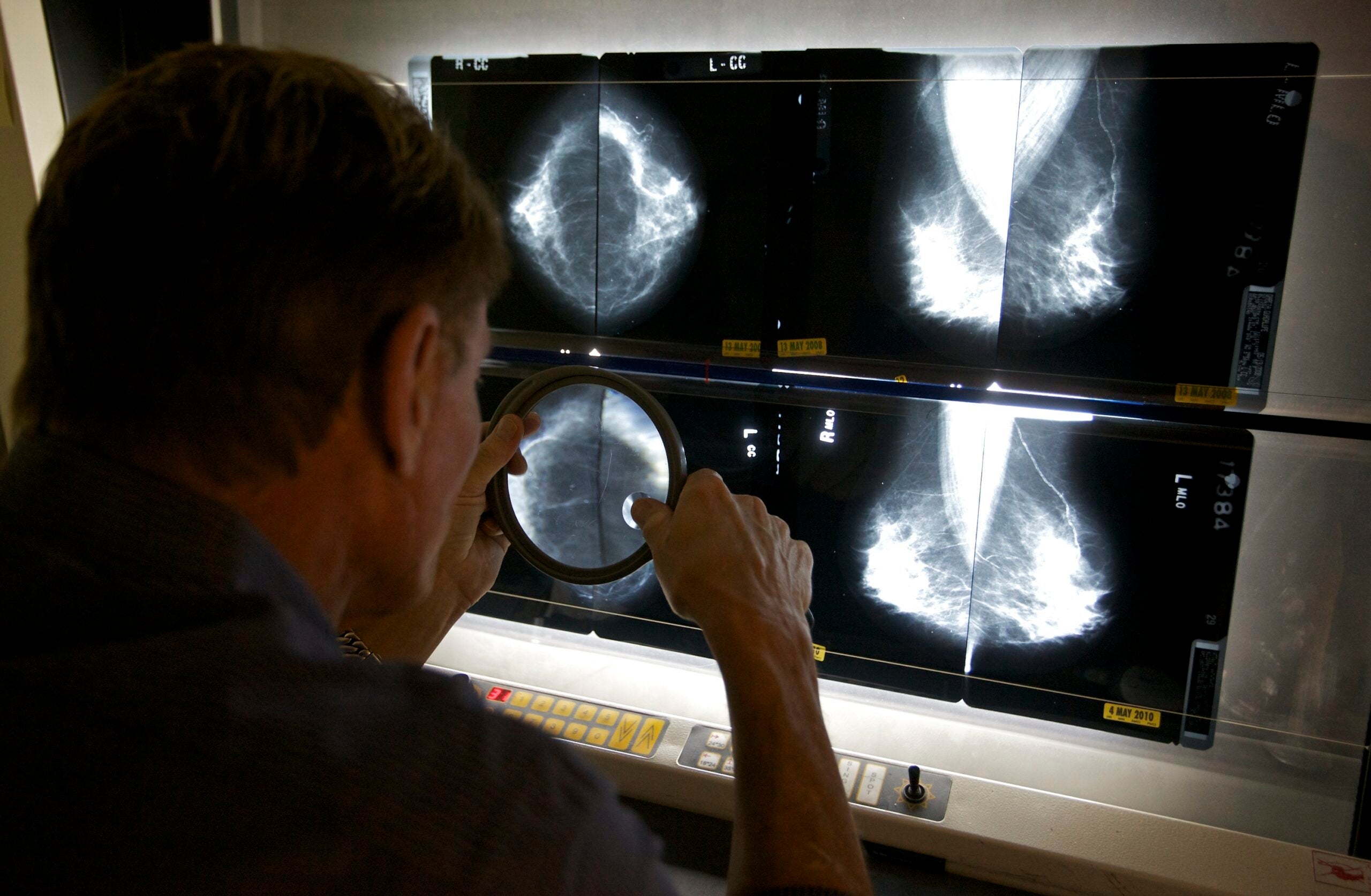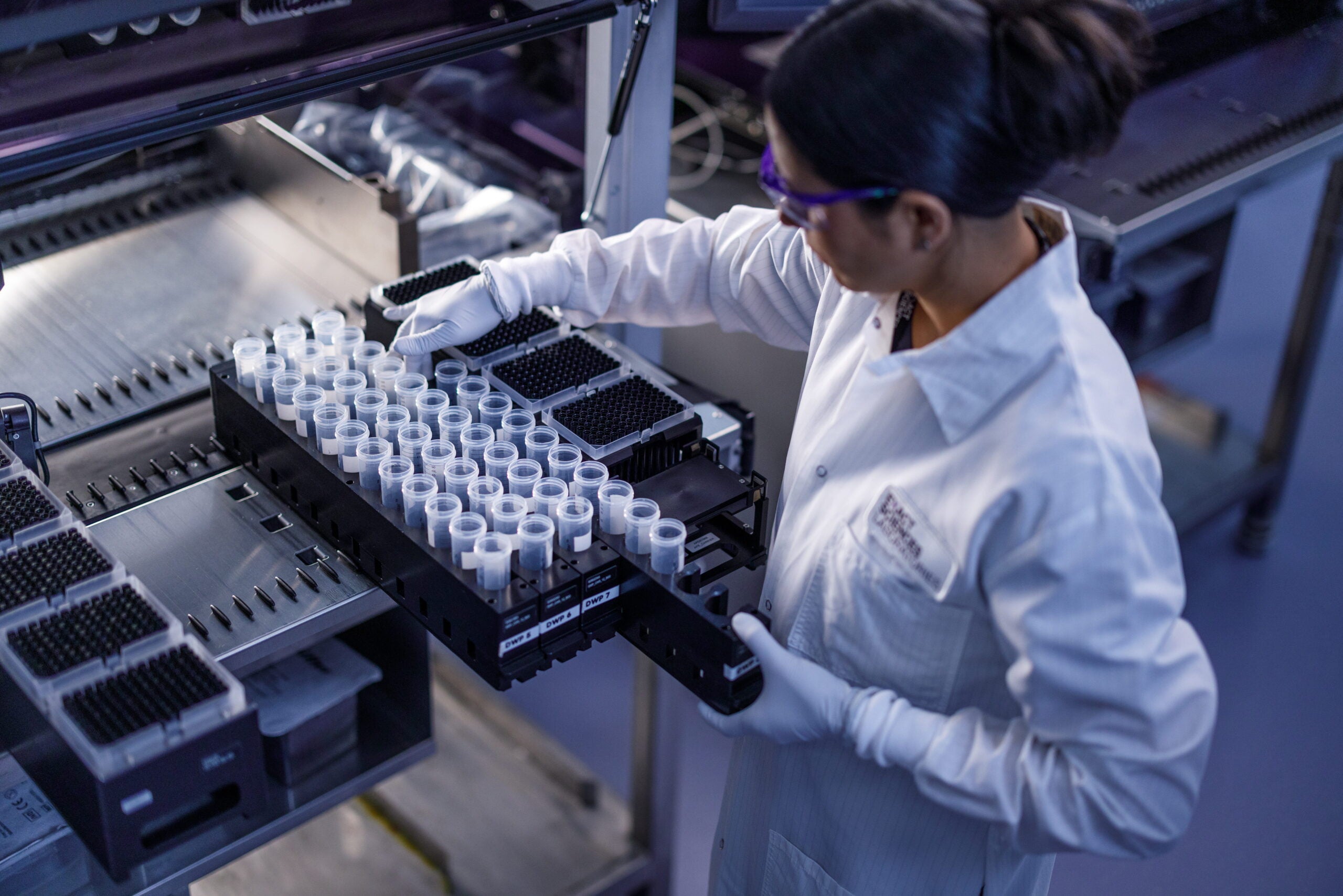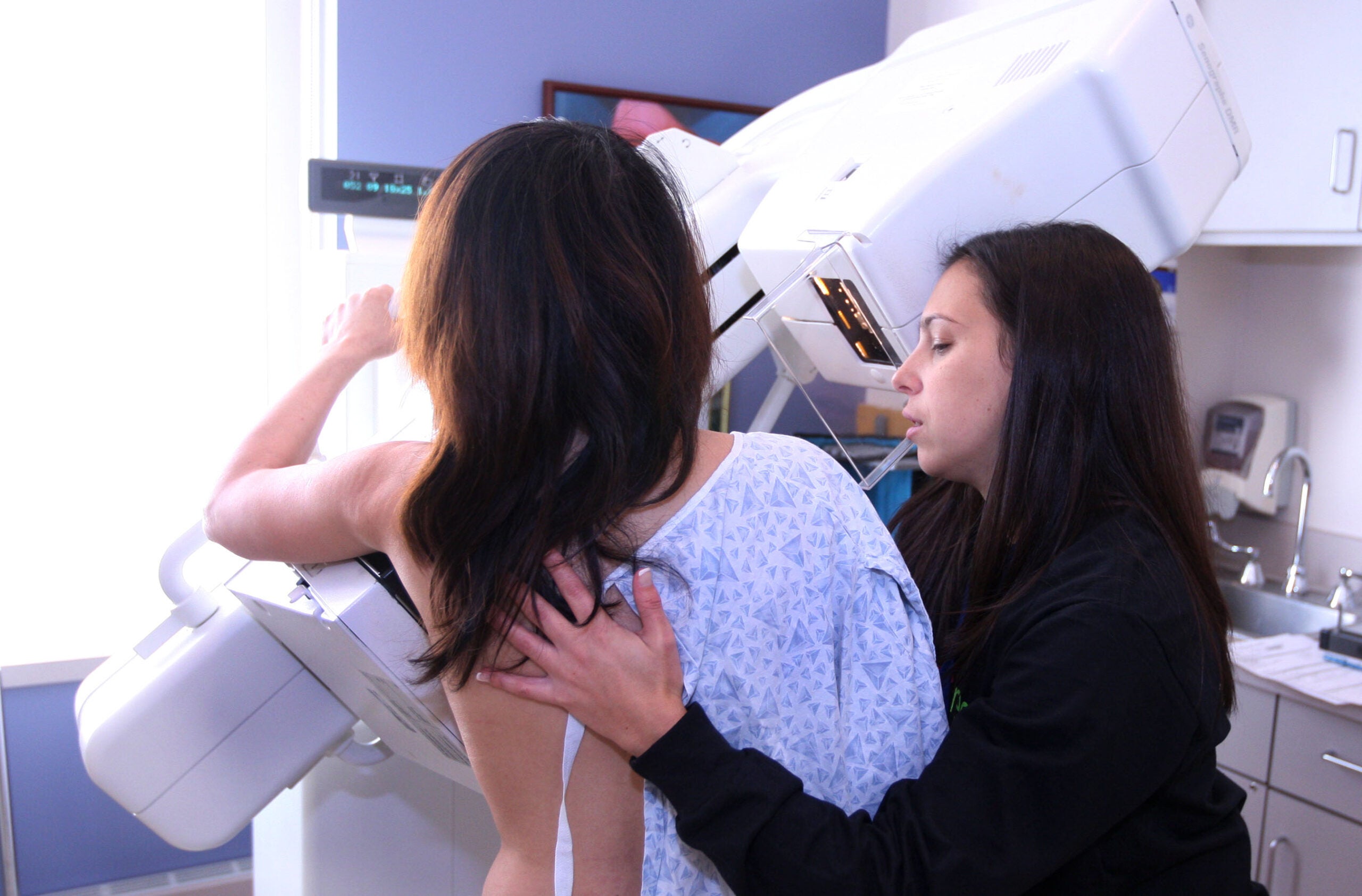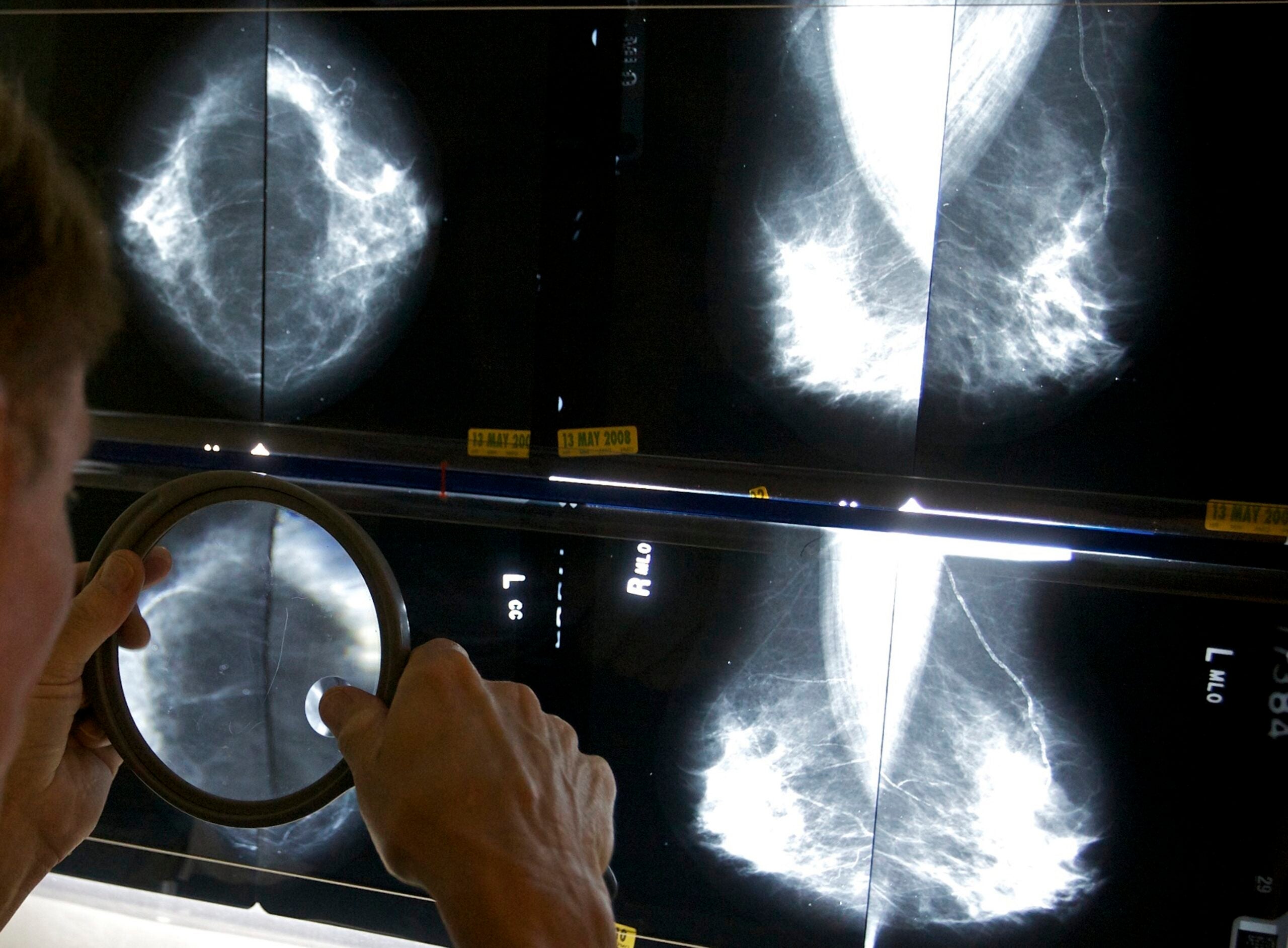A Danish study released this week found that up to a third of women who were screened for breast cancer were overdiagnosed, meaning some lumps detected may have never caused health problems or death in the future.
Researchers compared thousands of women in areas of Denmark where breast cancer screening programs were offered from 1991 to 2010 to women who did not have access to mammograms.
They looked at the size of diagnosed breast tumors in both groups of women and found screening did not reduce the number of tumors bigger than 20 millimeters.
News with a little more humanity
WPR’s “Wisconsin Today” newsletter keeps you connected to the state you love without feeling overwhelmed. No paywall. No agenda. No corporate filter.
Researchers also estimated one in three women who were screened for breast cancer were overdiagnosed.
Dr. Lee Wilke, director of UW Health Breast Center, said this study was interesting, but she’s skeptical about the results.
“There is no way to define whether someone has been overdiagnosed or not by the size of the cancer, which is what they did,” Wilke said. “There are some (diagnosed tumors) that are very unaggressive when they are small and big, so screening to detect a small aggressive cancer is much more important than screening to detect a large unaggressive cancer.”
Wilke also said breast cancer is a very heterogeneous disease, meaning there are many different types of breast cancer that vary in aggressiveness.
“(The study) looked only at one characteristic of cancer, the size, and there’s so many more important aspects to a cancer to look at to help us understand who needs to do screening and who does not, and which cancers need aggressive treatment and which do not,” Wilke said.
Mammograms aren’t perfect because they don’t show the biology of the cancer, which would let doctors know which cancers they could leave alone and which ones they shouldn’t, Wilke said. The only way to tell if a mass is cancerous or benign is to do a needle or ultrasound biopsy, Wilke said.
One issue right now is some biopsies show an abnormality called ductal carcinoma in situ, or DCIS, Wilke said. DCIS cells are located in the milk duct, which is their normal home, and haven’t spread to other parts of the breast.
“A lot of those biopsies, the patient may never develop invasive cancer despite the fact that they have what appears to be a precancerous type lesion, or pre-invasive type lesion,” Wilke said. “The problem is knowing which of those will turn into cancer or true invasive cancer and which will not. The problem right now is we don’t know which ones will and which ones won’t.”
There needs to be more research into the biology of the cancers so doctors can treat them more effectively, Wilke said.
Right now, screening is still the best way to find aggressive cancers early and it’s important to follow the guidelines of the American Cancer Society, Wilke said.
Wisconsin Public Radio, © Copyright 2025, Board of Regents of the University of Wisconsin System and Wisconsin Educational Communications Board.






